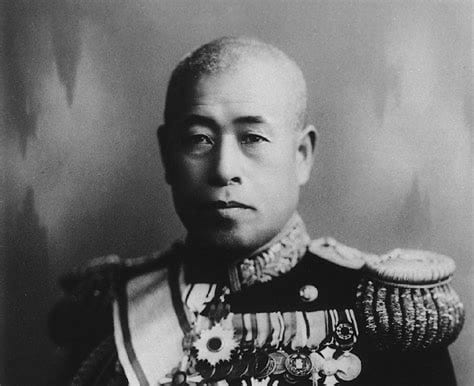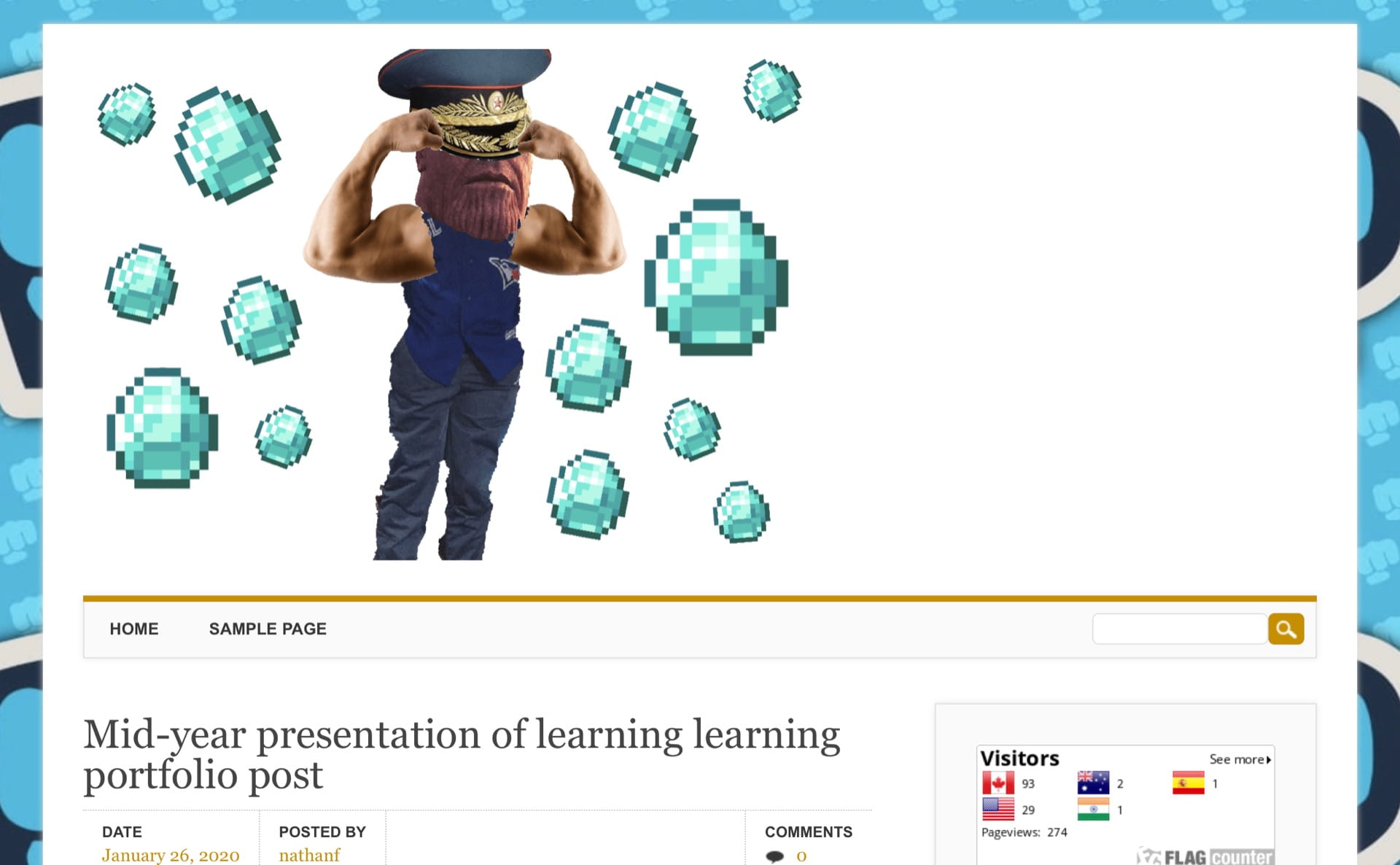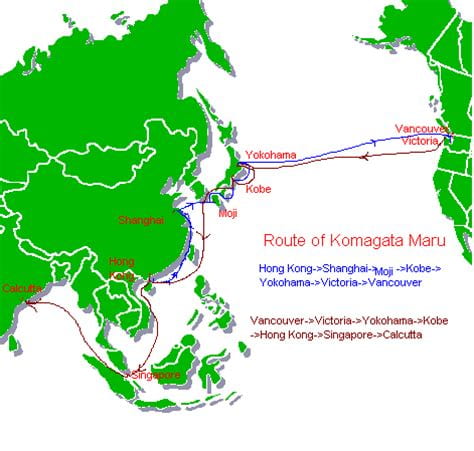It is time. I’ve been waiting to do this for about a year. This is a post I was looking forward to, because writing it would mean that I did a project on the Second World War. A dreadfully intriguing topic, I daeresay it’s quite near and dear to my heart, the study of it at least. Today we’re going to be discussing not just WWII, but the thrilling podcast series made by myself and my comrades in tradecraft, by which I mean school classmates who may or may not like me. Regardless, let’s jump right in!
 source: https://www.cbr.com/best-wwii-books/
source: https://www.cbr.com/best-wwii-books/
Many people claim they know what they need to know about WWII, but as a (slightly modified) famous quote from George Santayana said: “those who do not know history are doomed to repeat it”. So here I am. Preventing you from becoming the next Hitler and starting a major global conflict with over 60 million casualties then surrendering to fate while completely insane in your bunker. You’re welcome. Now, a brief over view of said major global conflict.
 source: https://www.thefamouspeople.com/profiles/george-santayana-221.php
source: https://www.thefamouspeople.com/profiles/george-santayana-221.php
Now, if you still think you know enough about WWII, refer to the quote above. Continue to reread it until you’re willing to learn. Perfect, now that that’s out of the way, let’s stop wasting time and actually write something productive. WWII in Europe started when, after a lot of suffering by the German people, Adolf Hitler, leader of the Nazi party, was elected chancellor of the Weimar Republic, and, following the death of president and WWI general Paul Von Hindenburg, established himself as dictator for life, proceeding to then invade smaller countries until Britain and France declared war in 1939. That was quite a run-on sentence, but it is what it is. In the pacific, it started with The Japanese empire’s invasion of the China in 1937, but can be dated back to 1931, the first invasion of the Manchuria region of China. The European theatre started with an eight-month period known today as “the phone war”, which derives it’s namesake from the fact that nearly nothing important happened during that period. However, after that, things were turned upside down, and the Germans invaded France, overwhelming the French and causing their surrender within weeks, using a tactic called “Blitzkrieg”, meaning “lightning war”. To defeat a stronger military force than one’s own so easily, why even the German generals were shocked by their success. Keep in mind that many of them were opposed to war, and had proposed plans to Hitler, who knew nothing about military strategy, that were intended to fail. Annoyingly enough for Hitler, the UK was unwilling to surrender, and the two engaged in an air and naval war to take control over the English Channel to facilitate an invasion of Britain. Hitler’s disgusting nature betrayed him here, as his focus on London civilian targets for revenge of a minor bombing raid on Berlin allowed the British to get their Air Force in shape, and push back the Germans. Hitler was a megalomaniac, and decided instead of fighting back, he’d invade a massive country with the largest ground military of all time, the Soviet Union.
 Source: https://www.famousbirthsdeaths.com/is-adolf-hitler-dead-or-alive/
Source: https://www.famousbirthsdeaths.com/is-adolf-hitler-dead-or-alive/
Back to the pacific, the Japanese were scoring victory after victory, justifying their attacks on China with staged incidents, such as a Japanese train being blown up in Manchuria, or soldiers from both sides firing on each other at the Marco Polo bridge. Of course, both were done by Imperial Japan, and blamed on China. In this invasion of China, the Japanese soldiers committed horrible atrocities against the Chinese people. Many believe this kind of stuff was only in Nazi Germany, but sadly, this was not so. Despite all of this, and the fact they had taken the Chinese capital, the war in China was currently in a stalemate, so Japan started eyeing up the rest of the Asia-pacific region. There was just one problem. Countries like the United States and Britain had already colonized these regions heavily, meaning that in case of invasion, Japan would be up against the two strongest navies in the world at the time, and while it’s own was also very strong, it still wouldn’t stand a chance. In spite of these facts, Emperor Hirohito wished to claim these lands for Japan, and nobody could disobey the Emperor. Admiral Isoroku Yamamoto knew this quite well, and even said that while he could put up a good fight for about half a year, it wouldn’t last, so he devised a plan to destroy the US navy before it could react. After much planning, Japanese bombers severely damaged American aircraft carriers in air raid at Pearl Harbour, where the American pacific fleet was parked for training exercises. This led the United States to declare war, and while he may not have actually said this here’s a potential quote from Yamamoto: “I fear all we have done is to awaken a sleeping giant and fill him with a terrible resolve”.
 Source: http://history.info/on-this-day/1943-death-admiral-yamamoto/
Source: http://history.info/on-this-day/1943-death-admiral-yamamoto/
The initial invasion of the Soviet Union went astoundingly well. The Russians were unprepared, and their leader Joseph Stalin still held a vain hope that Hitler would keep to their 10-year non-aggression pact, giving him another 8 years to prepare for war, despite warnings from British prime minister Winston Churchill and US president Franklin D. Roosevelt. Yet again, the Nazis seemed to be scoring victory after victory, but come winter, they were completely unable to function properly, whereas the Soviets were in their element. After the decisive battle of Stalingrad (my podcast topic!) in 1943, the Germans began to be pushed back, and not just on the eastern front. You see, when Japan bombed Pearl Harbour, Hitler declared war on the United States as a show of support, meaning now, Hitler was fighting against two giants on either side of him, oh, and Britain was there too. Sorry Britain, it was a joke. If it makes you feel any better, I live in your former colony of Canada, and we did much less than you did, which I know my teacher isn’t going to like to see me write when she reads this. Anyways, with first an invasion of Fascist Italy, a German ally, by sea, and then a storming of the the beaches in the Normandy region of France, the Germans were now in big trouble. Slowly but surely, Hitler’s forces were being pushed back on all fronts. As the Soviets marched on Berlin, and the western allies entered Germany from the west, hitler took his own life in a secure private bunker. Soon after, Germany surrendered, but the war was not over, because while Germany had given up, Japan had not.
 Source: https://www.deviantart.com/sovietpoet1937/art/The-Soviet-flag-over-the-ruins-of-Berlin-1945-658879803
Source: https://www.deviantart.com/sovietpoet1937/art/The-Soviet-flag-over-the-ruins-of-Berlin-1945-658879803
The Japanese had a quality that, despite their precarious situation, absolutely terrified the allied powers: they didn’t fear death. This wasn’t unheard of in European history, but most of that tradition had died out with the Vikings centuries ago. In Japan, however, honour mattered, whereas life, by comparison, did not. One might think that this was all just a piece of propaganda by the government, and most civilians completely disagreed. One would think wrongly. The Japanese fought to the bitter end on Every island the United States tried to take. They crashed their planes into US ships intentionally, called a Kamikaze attack, which was certainly more powerful than traditional bombs, but the cost of not just a whole plane, but a human life, was immeasurable. Still this continued, on and on and on. Of course, the Americans had an ace up their sleeve. Since before the beginning of the war, they had been developing a secret project, a very, very, very large bomb that would change the course of history forever. Using nuclear secrets learned from Nazi scientists in exchange for pardoning their war crimes, the USA developed the atomic bomb and told Japan that if they did not surrender they would face “prompt and utter destruction”. The Japanese did not surrender. The United States did not make an empty threat. Two atomic bombs were dropped, the “little boy” on Hiroshima, and the “fat man” on Nagasaki. After this, and the threat of a Soviet invasion from the North and an American one from the South, emperor Hirohito said “The war situation has developed not necessarily to Japan’s advantage”, and surrendered to the United States in 1945.
 Source: https://un.globalcmf.com/2020/08/on-75th-anniversary-of-atomic-bomb-over.html
Source: https://un.globalcmf.com/2020/08/on-75th-anniversary-of-atomic-bomb-over.html
We in the PLP program here at Seycove Secondary School in North Vancouver, Canada have been hard at work educating the public about the truth of the Second World War, and it would be worth checking out the podcasts we made. If you’re interested, look up “Hidden Chapters Of WWII” on the podcasting platform “Anchor”. If you want to discover the truth behind WWII, start from episode 1, which talks about the rise of Hitler and the Nazi party, or skip to the best episode, mine, episode 14, the battle of Stalingrad. A turning point in World War 2, it was the largest and bloodiest battle of the entire Second World War, but I won’t waste your time writing it here, when you can listen to a much better description yourself! While we had a great deal of freedom in this project, and I absolutely loved it, I think it’s time for me to tell you about what drove us, and the criteria we followed.
If you couldn’t guess from what I just said, we’re now going to discuss the core competencies, so, regrettably, here we go! Okay, quick! Causes and Consequences. A pretty strong area for me, especially in this project, which undeniably peaked my interest. I can say with certainty that I did my job, and did it well, on the topic of this competency. Not done! Comprehend Constructively! Go! My proficiency here was a bit of a Hot n’ Cold thing here. You know, like that one Katy Perry song. With the dancing sharks. Whatever, we’re getting off topic. I think when it came to comprehending text, an effective memory and high level of perception with regards to learning material helped, but my lack of on-time work and participation in the book chats we took part in would, reasonably, cause a bit of a drop in grades for that specific skill. There! Done! That was supposed to be fast! It wasn’t! Why am I continuing?! This is only making it slower!
Phew! That was quite the brick to slog through wasn’t it? Ignoring that fact, I’d hope you enjoyed it, because that would mean the hours that went into writing this weren’t in vain! Goodbye to you all, and despite the fact that a friend accidentally discovered how this blog and pointed out how cringe it could be, I’m still ending this the same way, because this being cringe was kinda the point!
*Brofist*
 Image Source: https://www.youtube.com/watch?v=9uoR1LIYttU
Image Source: https://www.youtube.com/watch?v=9uoR1LIYttU Image Source: http://workfos.com/10-tips-to-better-manage-your-conversation-skills/
Image Source: http://workfos.com/10-tips-to-better-manage-your-conversation-skills/ Image Source: https://www.thebalancesmb.com/goal-setting-the-first-step-to-achievement-2947147
Image Source: https://www.thebalancesmb.com/goal-setting-the-first-step-to-achievement-2947147


 source:
source:  source:
source:  Source:
Source:  Source:
Source:  Source:
Source:  Source:
Source: 
 Image source:
Image source: 




 Image source:
Image source:  Image source:
Image source:  Image source:
Image source:  Image source:
Image source:  Image source:
Image source:  Image source:
Image source: 

 source:
source:  Source:
Source:  Source:
Source:  Source:
Source: 
